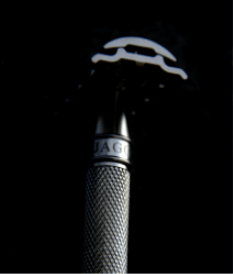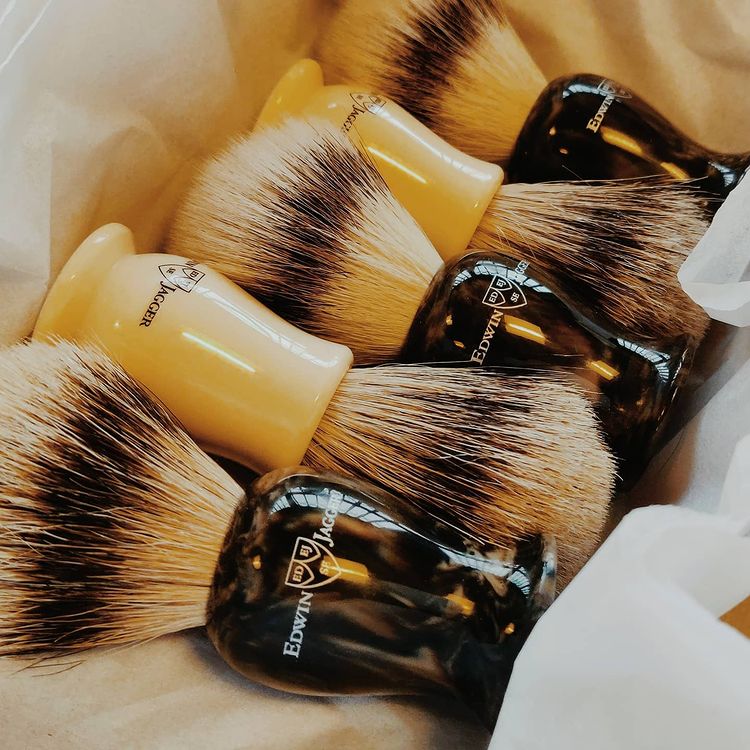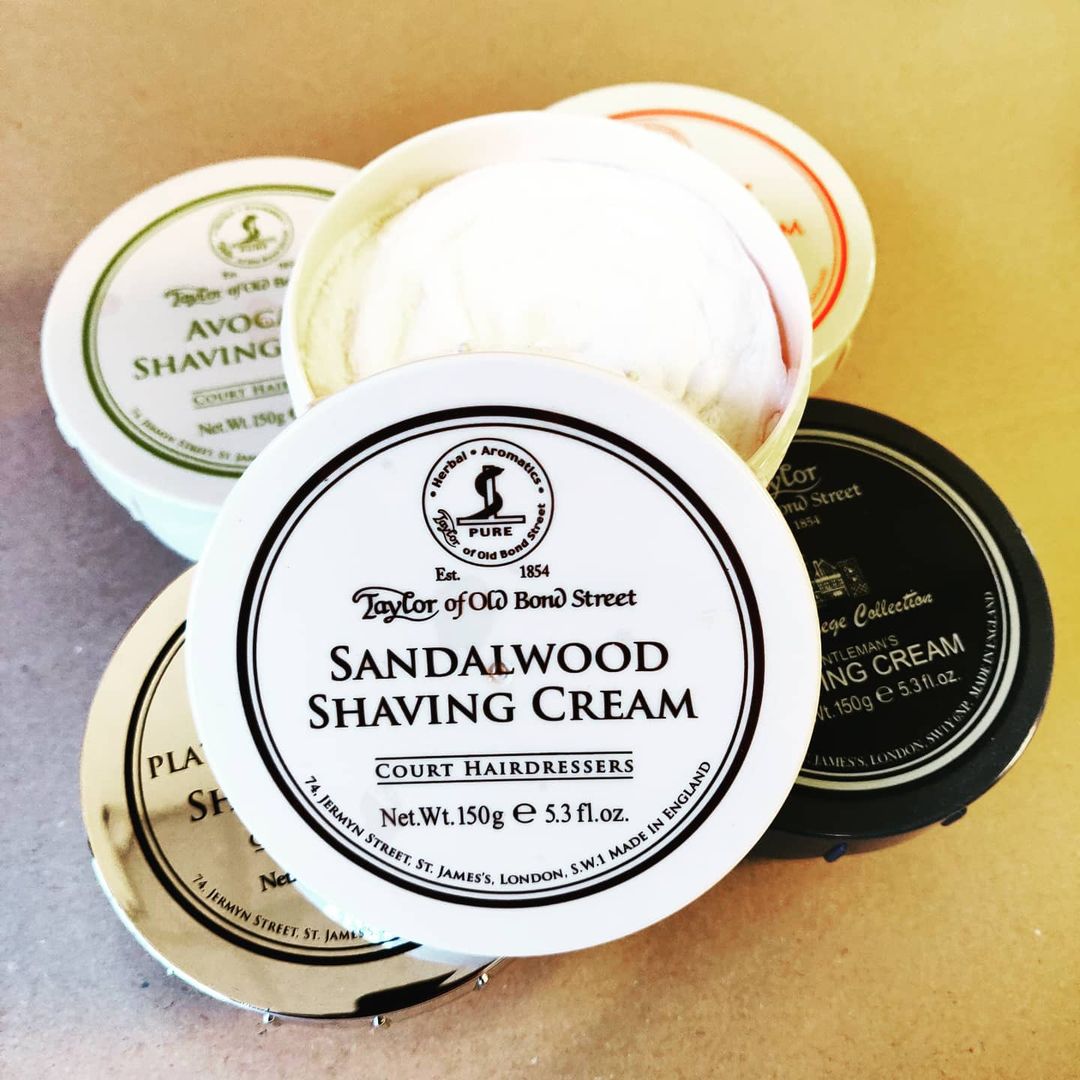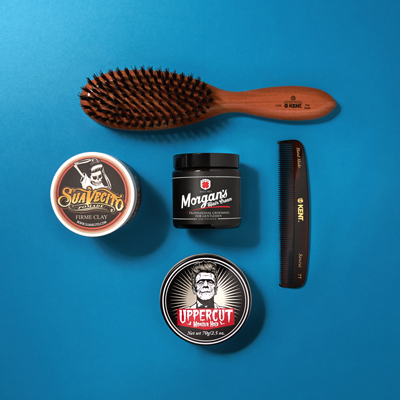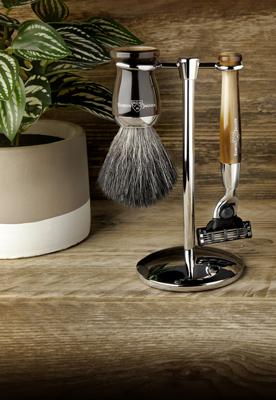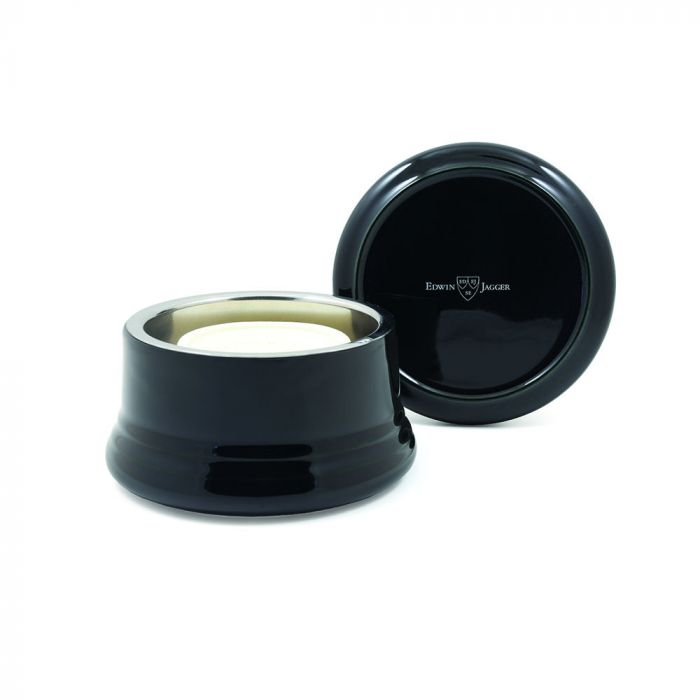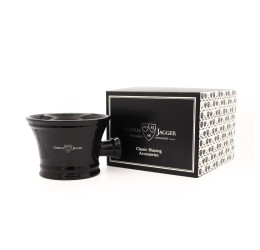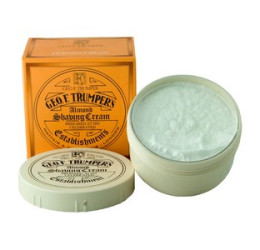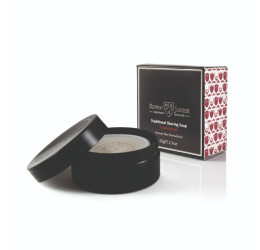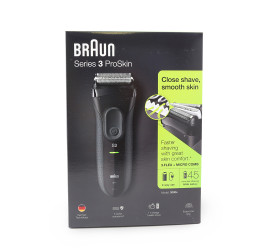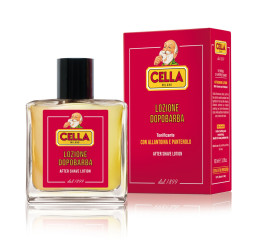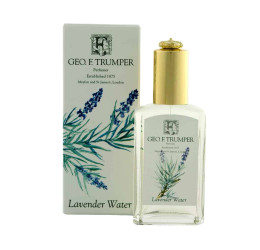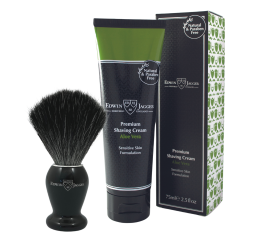Dry vs Wet Shaving
Dry and wet shaving has been a debate among men since the first electric shavers were invented in 1930 and people still can’t decide which is better! Both have big advantages and work differently according to your skin type and routine. We’ve created our guide to dry vs wet shaving to help you decide which might work better for you.

What is Dry Shaving?
Dry shaving is shaving that doesn’t require water and the associated products such as shaving soap or cream. Instead, it uses an electric shaver which is designed to cut the hairs just above the skin, meaning that lubricants and water aren’t required. Learn more about what dry shaving is on our more detailed blog! Electric shavers and beard trimmers come in many forms and are usually fully adjustable; you can often trim your beard and shave your neckline with just one tool. (Read more about using beard trimmers.)
What is Wet Shaving?
In contrast, wet shaving requires water, shaving soap or cream, and a razor. Most traditional wet shavers also use a shaving brush to create a lather and lift the hairs away from the skin and some also use pre-shave creams and aftershaves. There are loads of different types of razors suitable for wet shaving including straight razors (the most traditional), DE safety razors and cartridge razors.
The Key Difference
Once of the key differences when it comes to dry vs wet shaving is the way the razor cuts the hairs. Electric shavers cut the hair just above the surface of the skin while razors used in wet shaving cut the hair just below.
Wet Shaving: A Closer Shave
The way the razor cuts the hairs means that wet shaving produces a closer shave than dry shaving. You’ll notice it feels smoother and takes longer to grow back. However, as the hairs do grow back, the sharp points can sometimes irritate the underside of the skin causing itchiness. Because the razor blade is in contact with the skin, it has an abrasive affect and can lead to dryness and irritation -- especially if the skin isn’t properly lubricated or moisturised.
Dry Shaving: Less Irritation
Because it cuts the hairs above the skin, dry shaving doesn’t produce as close a shave. However, some men find that this helps to reduce irritation. The blade doesn’t come into contact with the skin, minimising abrasion, and the hairs don’t irritate the underside of the skin as they grow back. It’s worth noting, however, that this is still a debated issue; there are people that claim without shaving soap, cream or other lubricants, they’ve experienced more irritation with dry shaving. This can make it hard to know which side to come down on in the wet vs dry shaving debate! Assess the level of irritation you experience with your current shaving method. If you have shaving rash or itchiness with your wet shaving routine, you might want to make a change. Whether that’s trying a different type of razor such as a DE safety razor or switching to dry shaving is up to you!
Speed
The time you have in the morning could be big influencer on whether you prefer wet or dry shaving. Dry shaving takes less time than wet shaving as it skips the preparation steps, and you don’t need to take care to avoid nicks and cuts. You can also take your electric shaver with you on the move. It’s the ideal solution for those who are always in a rush! However, the measured, ritualistic nature of wet shaving can be one of its draws…
Shaving Experience
Wet shaving is an experience in a way that dry shaving simply isn’t. Taking time to pause in a hectic lifestyle, going through the routine of shaving prep, and using high quality soaps and creams creates a luxurious and enjoyable experience, especially if you use a DE safety razor. This enjoyment is one reason many men choose wet shaving over dry.
Nicks and Cuts
Dry shaving results in fewer nicks and cuts than wet shaving. This is because the blade of an electric shaver doesn’t actually come into contact with the skin and therefore can’t cut you. With wet shaving on the other hand, it can take a bit of concentration and practice to ensure you don’t nick your skin. This is why dry shaving is faster than wet, but also why wet shaving produces a closer shave and a more luxurious experience.
Price
Electric shavers usually have a higher initial cost than DE or cartridge razors. However, they do have a lower ongoing operational cost. It can be expensive in the long run to continually replace your disposable or cartridge razor heads and blades. You also save money on shaving creams and soaps with dry shaving. Shaving with a safety razor is the most cost-effective form of wet shaving. The razor will last for years and while the blades need replacing to keep them sharp, they’re inexpensive. It’s more cost effective than using a cartridge system.
Dry vs Wet Shaving
When it comes to deciding whether dry or wet shaving is best for you, look at the advantages of both and decide which factors affect you most. If you experience a lot of irritation with wet shaving, it might be that dry shaving is the best choice for your skin type. If you enjoy the process of a shave and value a much closer finish, then wet shaving could be the way to go. Let us know in the comments which side you’ve chosen in the dry vs wet shaving debate!



